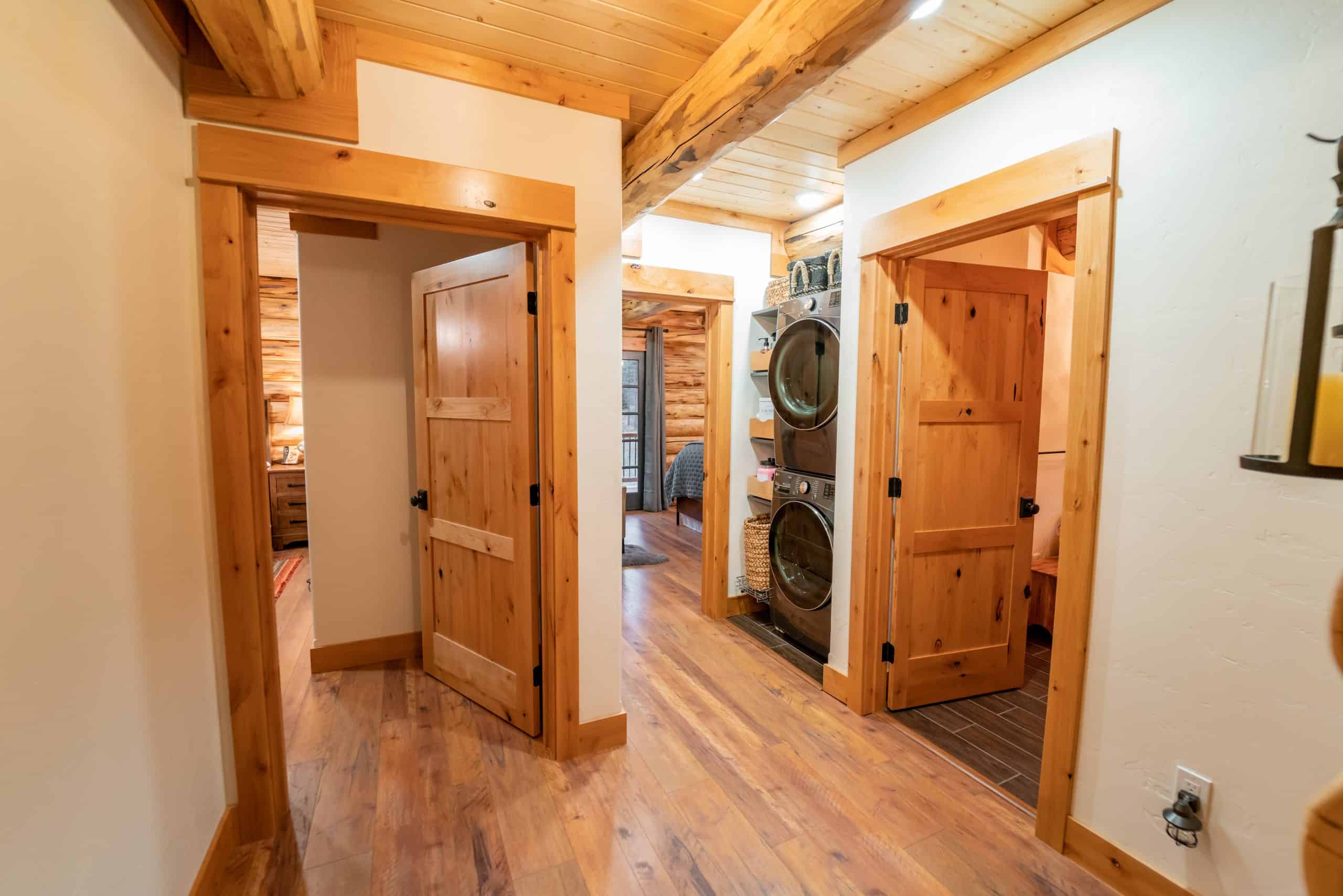Door installation might seem straightforward, but it requires a blend of skill, precision, and attention to detail. Whether hiring professional garage door experts or tackling the project, understanding the nuances is critical to achieving a perfect fit. There’s much to consider, from selecting the correct door type to implementing the best installation practices. This article aims to walk you through the intricacies of modern door installation with tips and best practices to ensure a successful project. By the end of this guide, you will have a comprehensive understanding of what it takes to install a door that looks great and functions flawlessly.
Why Quality Door Installation Matters
Quality door installation is crucial for aesthetics, security, energy efficiency, and longevity. A poorly installed door can lead to various issues, including drafts, increased energy bills, and security vulnerabilities. For instance, energy-efficient doors can significantly impact your home’s energy consumption, making proper installation even more critical. When the door fits perfectly within its frame, it enhances security and contributes to the home’s overall insulation. Furthermore, a properly fitted door keeps moisture out, which can cause mildew and structural problems over time. As a result, spending time and effort installing doors can help you avoid paying for expensive repairs and replacements.
Types of Doors and Their Characteristics
Wooden doors are known for their durability and classic look but require regular maintenance to prevent warping and decay. Fiberglass doors offer excellent insulation and low maintenance, mimicking natural wood appearances but with less upkeep. Steel doors are secure and often used for external entrances, offering good insulation and thermal breaks to minimize energy loss. They can be fitted with multi-point locking systems for enhanced security. Glass doors offer a modern aesthetic and allow natural light, creating a visual connection with the outdoors. They often feature tempered or laminated glass for added safety, while options like frosted or tinted glass offer added privacy without sacrificing natural light. Understanding these doors can help you make an informed decision that suits your needs.
Step-By-Step Guide to Installing a Door
The process of installing a door involves several steps. First, measure the door opening accurately, taking multiple points to account for irregularities. Remove the old door, ensuring all screws and hinges are removed. If the old frame is in good condition, it may be reusable. Prepare the door frame, ensuring it is level and clean. Use a level to check for plumb and square alignment and adjust with shims if needed.
Install the new door, starting from the bottom and working upward. Align the door in the opening and secure it with shims. Secure the hinges, often involving shimming and adjusting, using long screws that reach into wall studs for added stability.
Check the door’s alignment, ensuring it opens and closes smoothly, adjusts as needed to avoid gaps, and ensures a tight seal. Also, check that the door latches, locks, and hardware function correctly.
Maintenance Tips for Long-Lasting Doors
Proper maintenance is essential for doors to last long and function well. Frequent cleaning is necessary to avoid dirt accumulation and finish degradation. Cleaning methods vary depending on the door type; for example, mild detergent and water are suitable for steel and fiberglass doors, while delicate cleaners are recommended for wooden doors. Hinge lubrication guarantees smooth operation and guards against rust and corrosion, which can shorten the life and usefulness of the door. To keep the door’s insulating qualities, seals should be checked for wear and tear and changed as away if necessary. Steel and wooden doors may need to be periodically refinished or painted to keep their beauty and weatherproof. Frequent inspection for damage indicators, including warping, dents, or fractures, might avert more severe issues.
The Future of Door Technology
Advances in door technology are transforming home security and convenience. Bright doors can be controlled via smartphones and integrated with home automation systems, offering remote access, video monitoring, and automatic locking. Biometric recognition, like fingerprint and facial recognition technology, provides added security. Additionally, eco-friendly doors made from recycled materials are becoming more popular. As technology evolves, we can expect more innovative solutions, such as voice-activated locks and advanced surveillance integration, to revolutionize how we interact with our living spaces.
Keep an eye for more latest news & updates on My Storieslist!
